10 Most Famous Temples In Delhi
10 Most Famous Temples in Delhi | Uncover the spiritual treasures of Delhi with our guide to the top 10 temples in the city. From ancient marvels to modern sanctuaries, immerse yourself in the rich tapestry of Delhi's religious heritage.
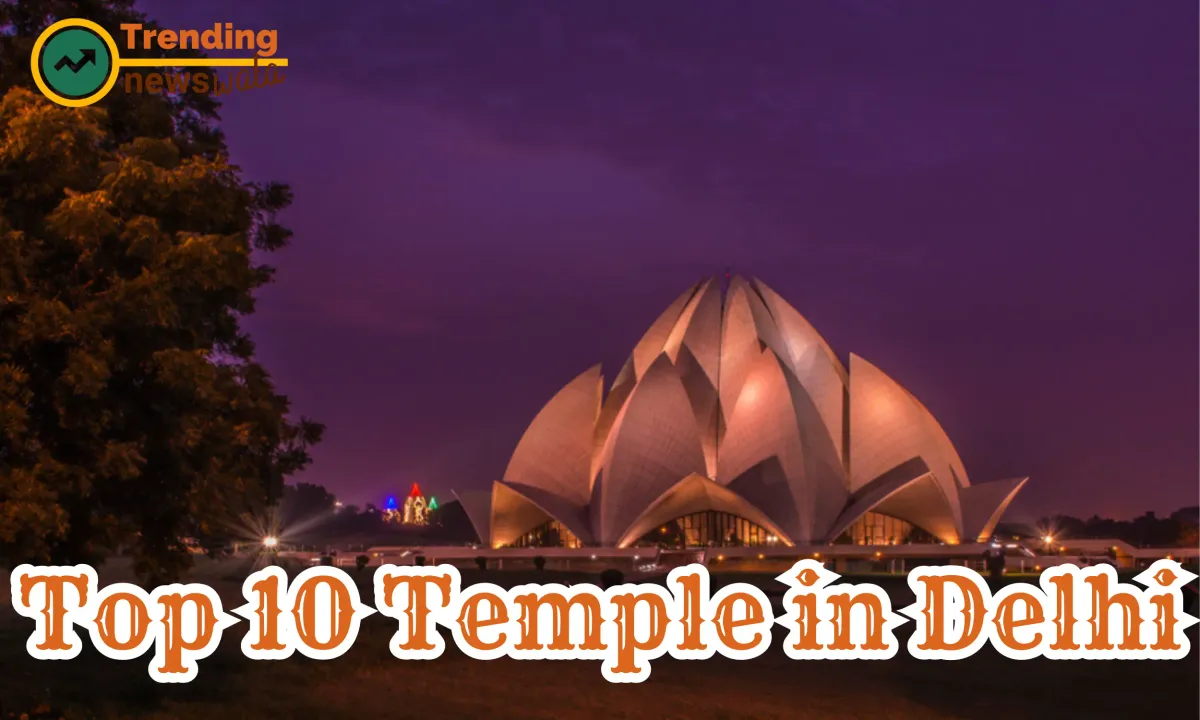
The day after tomorrow, I'm going to Delhi for summer vacation with my family. My family is very religious, and they want to visit temples in Delhi. So, I've planned to visit the top 10 famous temples in Delhi. Here, I'm sharing the most famous temples in Delhi where you can visit and spend a lovely time with your family.
Delhi, the capital of India, is full of old buildings that tell stories from history. It has famous places like Parliament House and India Gate that many people visit. Delhi is a top place for tourists in India. Besides its historical side, Delhi also has many temples where people go to pray. These temples are special because they mix beautiful architecture, peacefulness, culture, and are very important for people's spirits.
The Top 10 Famous Temples In Delhi, which are a must-visit in Delhi, have been listed here.
1. Akshardham Temple
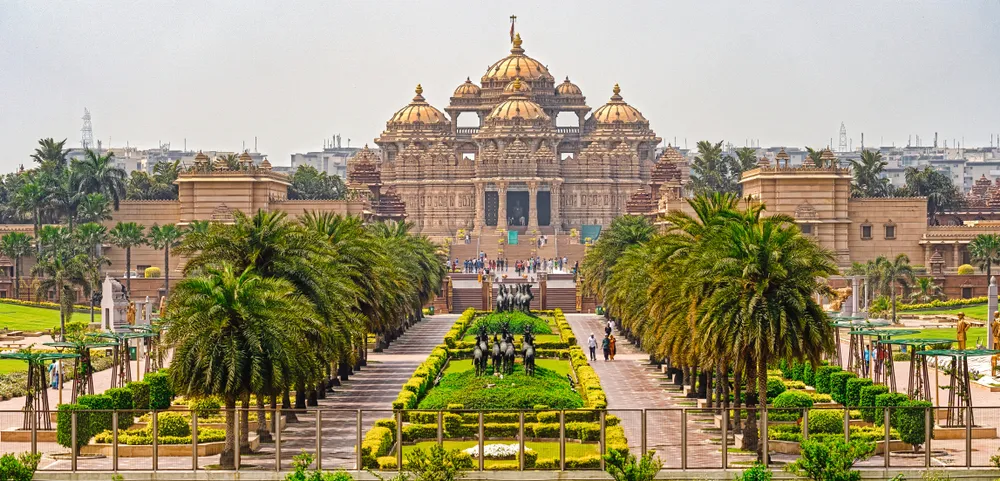
Akshardham Temple: Also known as Swaminarayan Akshardham, this grand Hindu temple complex is a marvel of architecture, spirituality, and culture. Located in Delhi, India, it stands as a tribute to Bhagwan Swaminarayan, a 19th-century spiritual leader and the founder of the Swaminarayan sect.
Key Details:
- Location: NH 24, Akshardham Setu, New Delhi, Delhi 110092.
- Inauguration Date: November 6, 2005.
- Spiritual Significance:
- The name “Akshardham” signifies the divine abode of God, a place of devotion, purity, and peace.
- The temple complex echoes timeless Hindu spiritual messages, vibrant devotional traditions, and ancient architecture.
- Over 200 murtis (sculptures) within the mandir represent spiritual stalwarts across millennia.
- The premise emphasizes that each soul is potentially divine, and every act of service can lead one closer to divinity.
- A visit to Akshardham is a spiritually enriching experience, whether through prayer, non-violence, or admiration for its beauty.
Facts and Figures:
- Constructed by: Bochasanwasi Shri Akshar Purushottam Swaminarayan Sanstha (BAPS).
- Inspired by: HH Yogiji Maharaj (1892-1971 CE).
- Created by: His Holiness Pramukh Swami Maharaj.
- Volunteer Effort: Over 300,000,000 volunteer hours contributed to building the complex.
- Mandir Architecture: Intricately carved sandstone and marble.
- Exhibitions: Showcase Hinduism, including Bhagwan Swaminarayan’s life and teachings.
- Open Gardens: Surrounding water bodies and step-well styled courtyard add to the serene ambiance.
Akshardham Temple is not just a place of worship; it’s a testament to India’s rich cultural heritage and spiritual legacy. Visitors can immerse themselves in its beauty, history, and devotion, making it a must-see destination in Delhi.
How To Reach
2. Shri Digambar Jain Temple (Lal Mandir)
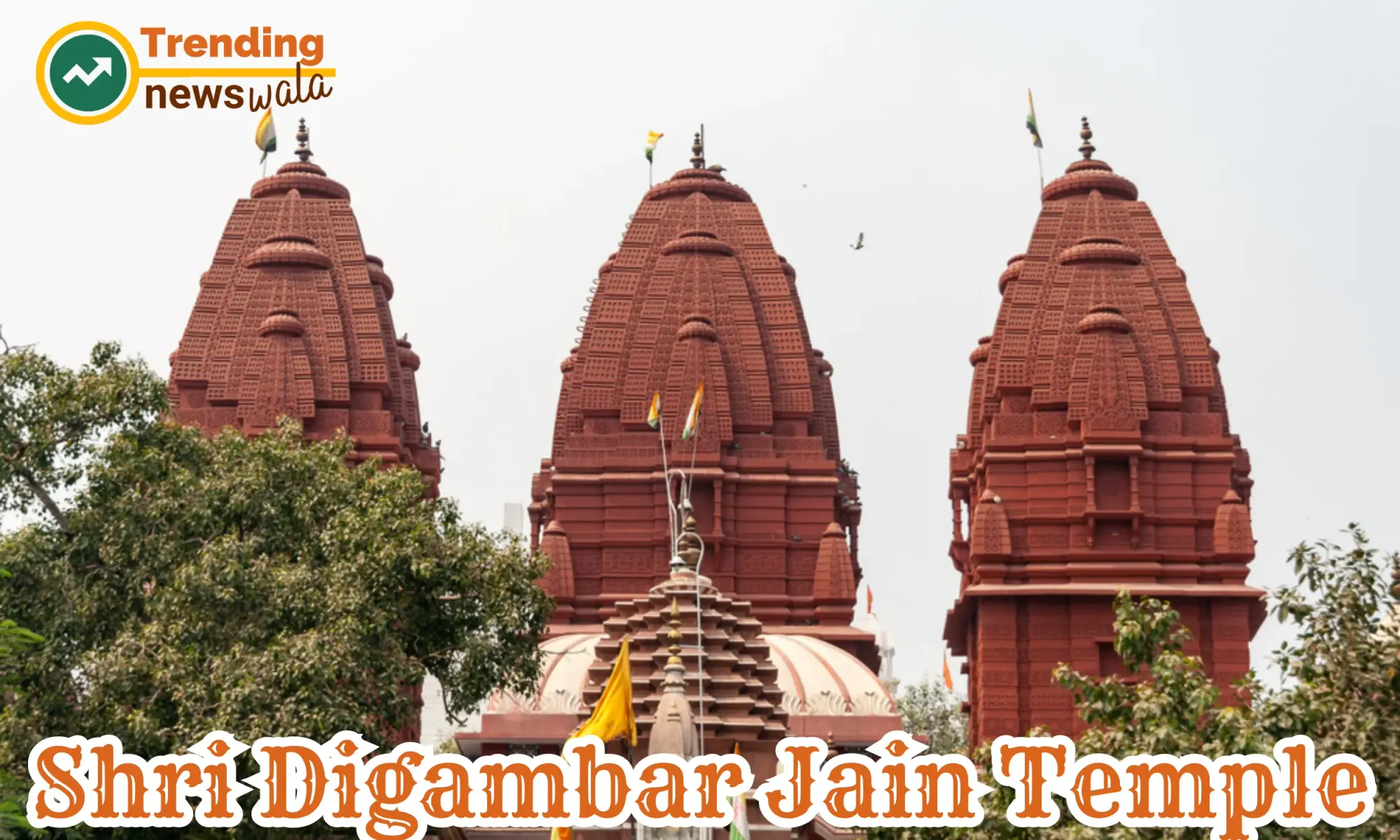
Shri Digambar Jain Lal Mandir: Also known as the Sri Digambar Jain Lal Mandir, this temple holds the distinction of being the oldest and most renowned Jain temple in Delhi. Its striking red sandstone architecture stands proudly in the historical Chandni Chowk area, directly across from the Red Fort.
Key Details:
- Location: NH 24, Akshardham Setu, New Delhi, Delhi 110092.
- Date Established: 1656.
- Spiritual Significance:
- The temple is dedicated to Parshvanatha, one of the revered Tirthankaras in Jainism.
- It is a place of worship, reflection, and devotion for the Jain community.
- Adjacent to the main temple, you’ll find the Jain Birds Hospital, an avian veterinary facility that exemplifies compassion and care.
Historical Insights:
- Origins: During the reign of Mughal Emperor Shah Jahan, Old Delhi was founded, and the walled city took shape. Shah Jahan invited Agrawal Jain merchants to settle in the city, granting them land south of Chandani Chowk. This area eventually became home to the Digambar Jain Temple.
- Construction: A Jain officer in the Mughal army is said to have kept a Tirthankara statue in his tent for personal worship. Other Jain officers were drawn to it, leading to the construction of the temple around 1656.
- Alternate Names: Over time, the temple was also known as the “Urdu temple” (due to its location in an area called “Urdu Bazaar”) and the “Lashkari Mandir” (referring to an army camp).
The Shri Digambar Jain Lal Mandir not only preserves ancient heritage but also serves as a serene oasis amidst the bustling city, inviting devotees and seekers of inner peace alike.
How To Reach
3. Gauri Shankar Mandir
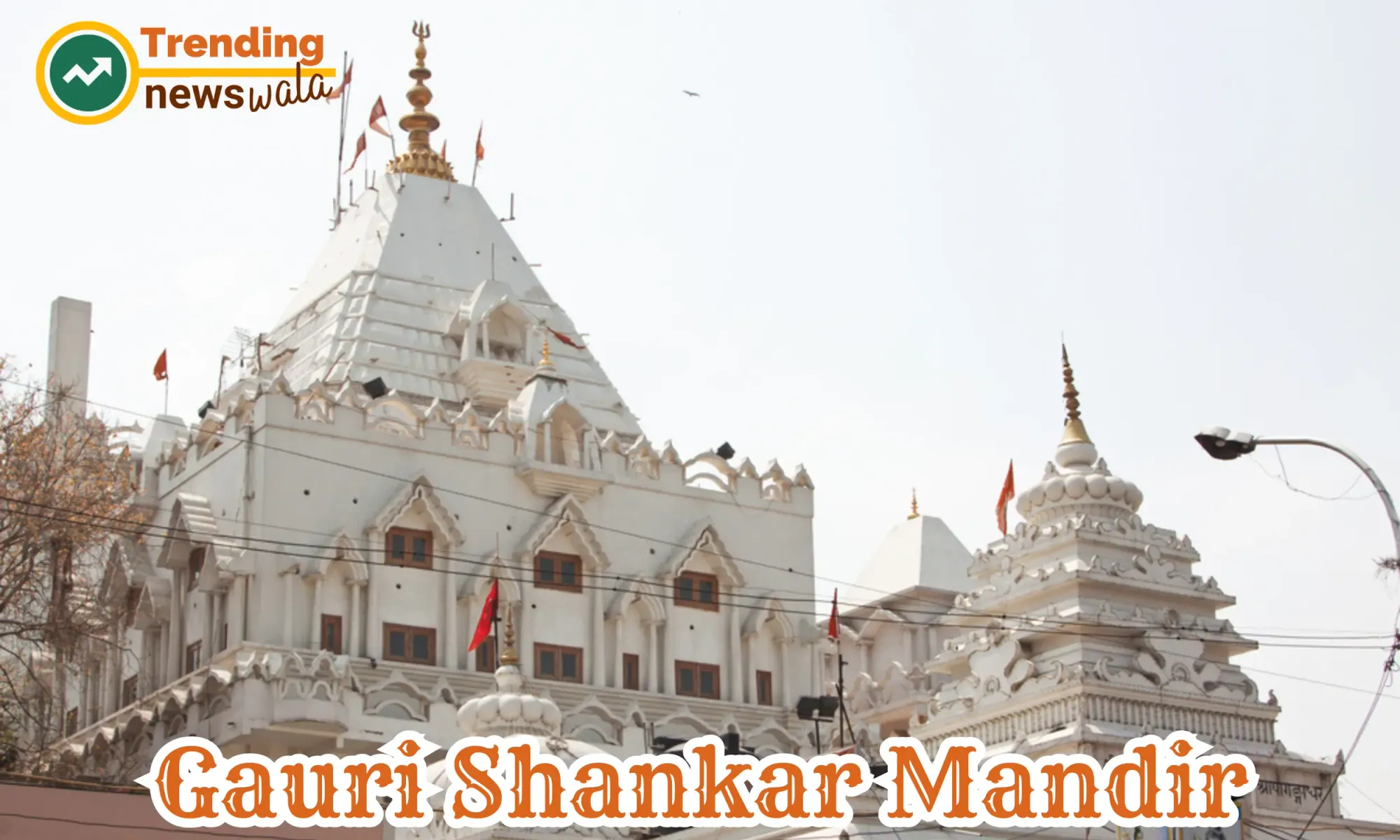
Gauri Shankar Temple: The 800-year-old Gauri Shankar Temple is a Hindu temple located near the Digambar Jain Lal Mandir on the main Old Delhi road in Chandni Chowk. This temple holds immense significance for Shaivites and is dedicated to Lord Shiva.
Key Details:
- Location: Chandni Chowk, Old Delhi.
- Spiritual Significance:
- The temple houses an 800-year-old brown Lingam (phallus stone) encased in a marble representation of a female organ.
- The Lingam, surrounded by silver snakes, symbolizes a cosmic pillar—the center of the universe or life itself.
- Devotees visit to seek blessings, inner peace, and spiritual solace.
Historical Insights:
- Founder: The temple was built by Apa Ganga Dhar, a Maratha soldier who was a devoted follower of Lord Shiva.
- Miraculous Survival: Apa Ganga Dhar survived severe injuries in battle and, in gratitude, vowed to construct a beautiful temple if he lived. True to his promise, he built this sacred abode.
- Renovation: In 1959, Seth Jaipura renovated the temple, leaving his mark on the temple’s windows.
- Deities: Inside the temple, you’ll find idols of Lord Shiva, Goddess Parvati (Gauri-Shankar), and their two sons, Ganesh and Kartik. The idols wear real gold jewelry and are situated behind the Lingam under a silver canopy. Water continuously drips from a silver vessel above the Lingam.
The Gauri Shankar Temple not only preserves ancient heritage but also offers a serene space for devotees to connect with the divine.
How To Reach
4. Chhatarpur Mandir
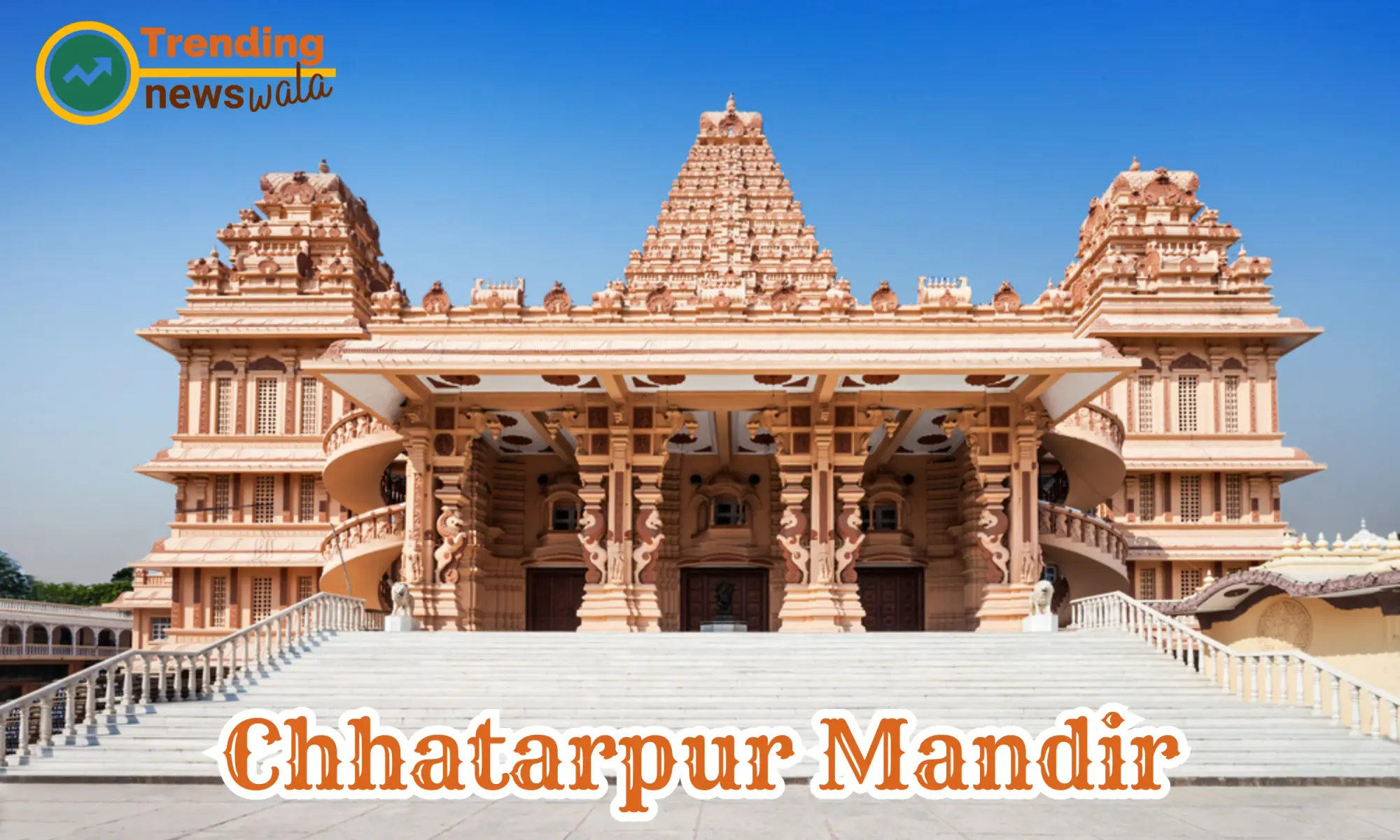
Chhatarpur Temple: Also known as Shri Adhya Katyayani Shakti Peeth Mandir, the Chhatarpur Temple stands as a testament to India’s deep-rooted religious traditions and architectural excellence. Situated in the southern part of Delhi, this renowned Hindu temple is dedicated to Goddess Katyayani.
Key Details:
- Location: Chhatarpur, South Delhi district, Delhi, India.
- Established: 1974 by Baba Sant Nagpal ji, who passed away in 1998.
- Complex Area: Spread over a vast 28 hectares (70 acres).
- Architectural Style: Constructed from marble with intricate jaali (perforated stone or latticed screen) work.
- Significance:
- Second-largest temple in Delhi and India, after the Akshardham Temple.
- Houses the samadhi shrine of Baba Sant Nagpal ji within the Shiv-Gauri Nageshwar Mandir in the temple complex.
Temple Features:
- Main Deity: Goddess Katyayani, one of the Navadurga forms of Hindu goddess Durga, worshipped during Navratri celebrations.
- Unique Ritual: A side shrine within the main temple opens only during the bi-annual Navratri season, drawing thousands of devotees for darshan.
- Silver Furnishings: One room serves as a living room with silver tables and chairs, while another is the Shayan Kaksha (bedroom) with a silver bed, dressing table, and table.
- Satsang Hall: Religious discourses and bhajans (religious songs) are held here.
- Wishing Tree: At the entrance, an old tree allows devotees to tie holy threads for wish fulfillment.
The Chhatarpur Temple not only preserves ancient heritage but also provides a serene space for spiritual seekers to connect with the divine.
How To Reach
5. Lotus Temple (Baha’i House of Worship)
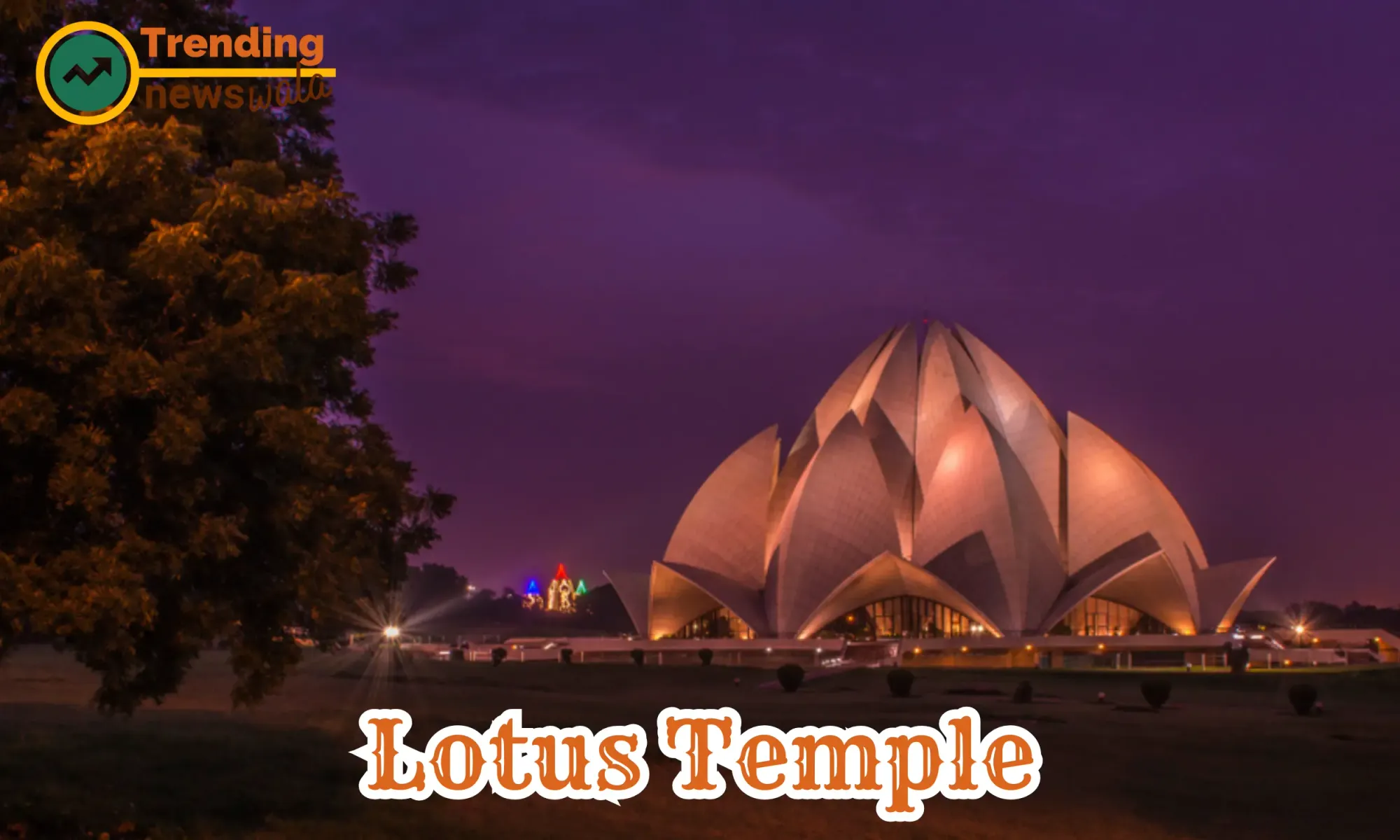
The Lotus Temple, also known as the Baháʼí House of Worship, is a remarkable architectural marvel located in New Delhi, India. Let me share some fascinating details about this iconic structure:
Design and Shape:
- The Lotus Temple is renowned for its lotus-like shape, which has made it a prominent attraction in the city.
- The building consists of 27 free-standing marble-clad “petals” arranged in clusters of three, forming nine sides.
- These nine sides open onto a central hall with a height of slightly over 34 meters (112.4 feet) and a capacity to accommodate 1,300 people.
Open to All:
- Like all Bahá’í Houses of Worship, the Lotus Temple is open to everyone, regardless of religion or any other qualification.
- It serves as a space for people of all backgrounds to gather, reflect, and worship.
- Visitors can read sacred writings from various religions, irrespective of language, fostering an atmosphere of unity and inclusivity.
Architectural Awards and Recognition:
- The architect of the Lotus Temple is Fariborz Sahba, an Iranian designer who oversaw its construction.
- The structural design was undertaken by the British firm Flint and Neill.
- The temple has won numerous architectural awards and has been featured in various newspaper and magazine articles.
History and Dedication:
- The foundation stone for the Lotus Temple was laid by Rúhíyyih Khánum on October 19, 1977.
- The temple was dedicated on December 24, 1986, with a gathering of 8,000 Baháʼís from 107 countries.
- On its opening day, more than 10,000 people visited the temple, experiencing its serene ambiance and unique design.
Purpose and Worship:
- The Baháʼí Faith teaches that a Baháʼí House of Worship should be a place where people of all faiths can come together.
- Visitors can contemplate, meditate, and find solace within its tranquil environment.
- The Lotus Temple stands as a symbol of excellence in modern Indian architecture, welcoming people of all races, religions, and castes.
In summary, the Lotus Temple is not only an architectural masterpiece but also a testament to unity, diversity, and spiritual harmony. Its lotus-inspired form continues to inspire awe and reverence among visitors from around the world.
How To Reach
6. Yogmaya Temple
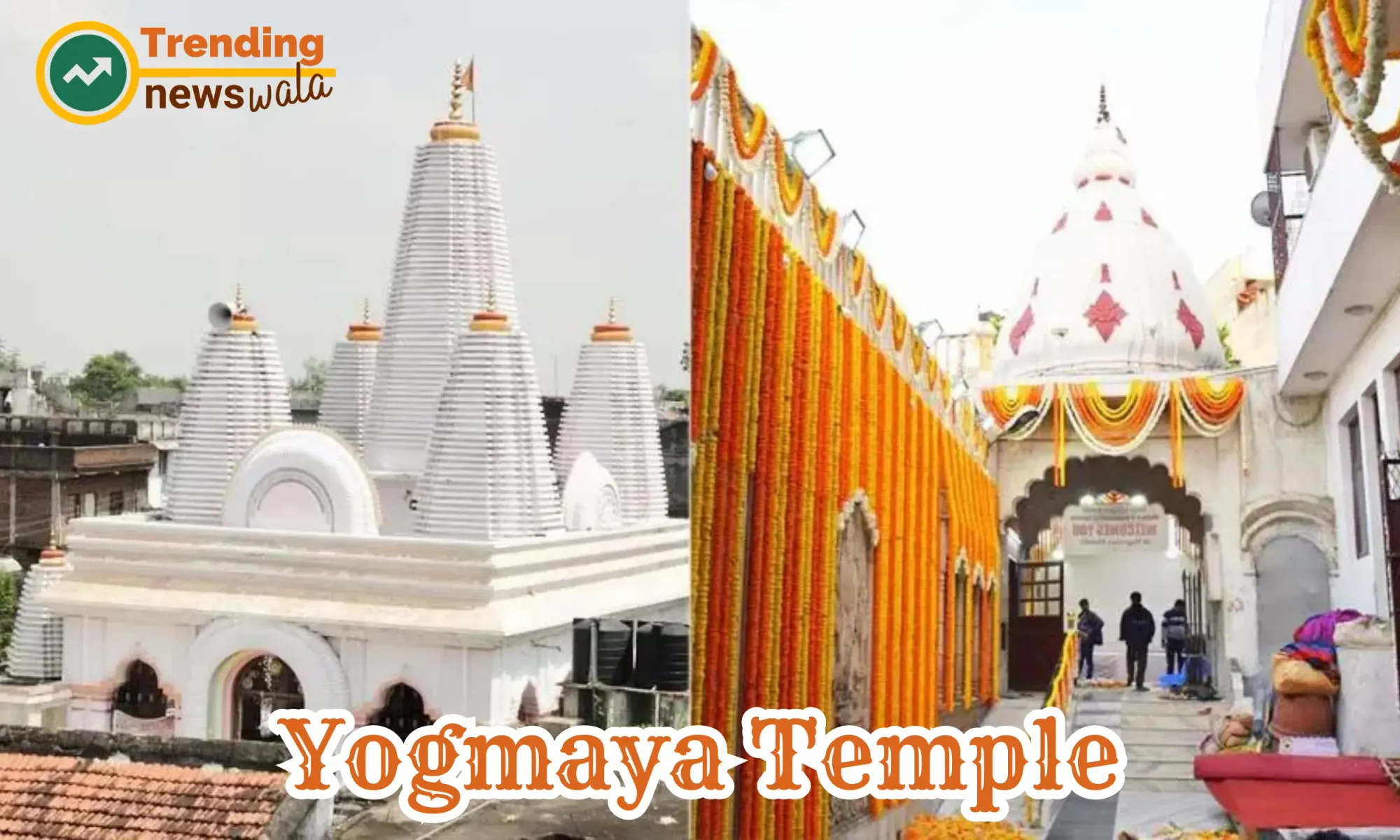
The Yogmaya Temple, also known as the Jogmaya temple, is an ancient Hindu temple located in Mehrauli, New Delhi. Let’s delve into its intriguing history and significance:
Origins and Legends:
- The temple is dedicated to Goddess Yogmaya, who is considered to be a sister of Lord Krishna. She is also known as Vindhyavasini.
- According to local priests and native records, the Yogmaya Temple is one of the 27 temples that were destroyed by the Mamluks. Remarkably, it is the only surviving temple from the pre-sultanate period that is still in use.
- Samrat Vikramaditya Hemu, a Hindu king, reconstructed the temple, rescuing it from ruins.
- During Aurangzeb’s reign, a rectangular Islamic-style hall was added to the temple, reflecting the historical interplay of cultures and architectural influences.
Location and Association:
- The temple is situated close to the Qutb complex in Mehrauli.
- It lies 260 yards from the Iron Pillar within the Lal Kot walls, which were part of the first fortress citadel of Delhi constructed by King Anangpal I around AD 731.
- The temple’s association with Mughal Emperor Akbar II adds to its historical significance.
Architectural Features:
- The present temple, rebuilt in 1827, exhibits a simple yet contemporary structure.
- It comprises an entrance hall and a sanctum sanctorum housing the main idol of Yogmaya. The idol, made of black stone, rests in a marble well.
- The sanctum measures 17 feet square and features a flat roof with a truncated shikara (tower).
- A dome also graces the temple. The idol is adorned with sequins and cloth, while two small punkahs (fans) hang from the roof.
Spiritual Significance:
- Yogmaya represents an aspect of Maya, the illusionary power of God.
- The temple witnesses a large congregation of devotees during the Navratri celebrations.
- Adjacent to the temple lies the Anangtal Baoli, a water body associated with King Anangpal Tomar and surrounded by trees.
- The Yogmaya Temple is also an integral part of the annual Phool Walon Ki Sair, an important inter-faith festival in Delhi.
In summary, the Yogmaya Temple stands as a testament to India’s rich heritage, architectural resilience, and spiritual devotion. Its survival through centuries reflects the enduring faith of those who continue to seek solace within its sacred precincts.
How To Reach
7. Kali Bari
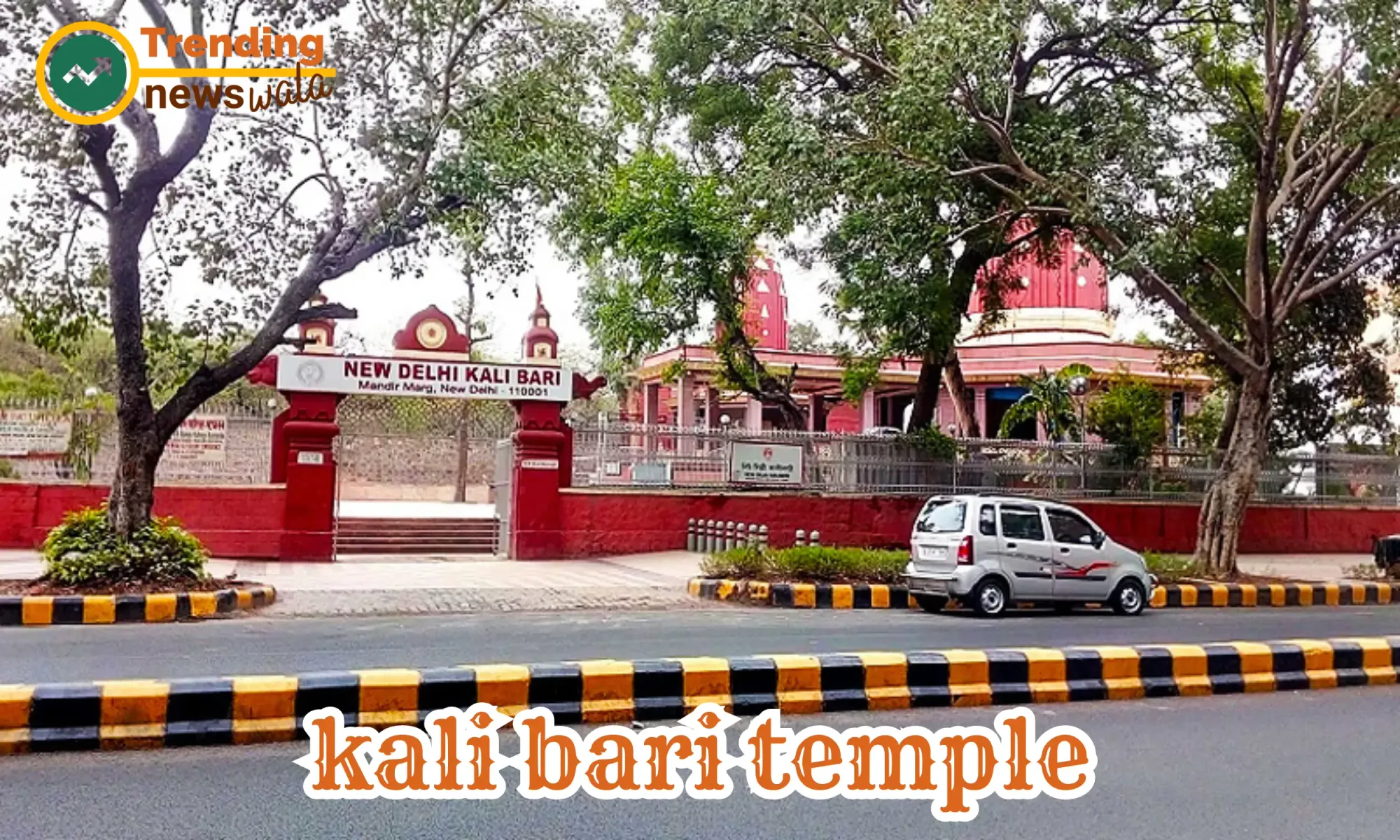
The Kali Bari Temple in New Delhi is a Hindu temple dedicated to Goddess Kali and serves as a vibrant center for Bengali culture in the city. Let’s explore its rich history and significance:
- Origins and Location:
- The New Delhi Kali Bari was established in the 1930s and is situated on Mandir Marg, close to the Laxminarayan Temple (Birla Mandir).
- After years of demands by the growing expatriate Bengali population, one acre of land was allotted for the temple next to the Laxminarayan Temple.
- The temple’s pratima (idol) resembles the one at the Kalighat Kali Temple in Kolkata.
- Historical Significance:
- The temple committee was formalized in 1935, with Subhas Chandra Bose as its first president.
- The original Kali Bari temple was located on Baird Road (now known as Bangla Sahib Road), where the local Bengali community gathered for the annual Durga Puja.
- After the present temple was built after 1931, the Durga Puja celebrations shifted here. It continues to be a nodal point for hundreds of puja committees in Delhi and is revered among Delhi Bengalis.
- Durga Puja Celebration:
- The Durga Puja celebrated at Kali Bari is one of the oldest in the city, starting in 1925.
- The puja follows traditional styles, with ekchalar thakur (single frame for idols) and sholar kaaj.
- Even the puja rituals have remained unchanged since 1936, and traditional competitions in Rabindra sangeet and recitation are still organized.
- The temple brings in artisans from Kolkata to build the puja pandal.
- Location and Accessibility:
- The temple is located on Mandir Marg, west of Connaught Place in New Delhi.
- It is easily accessible by local buses, taxis, and auto-rickshaws.
- The nearest Delhi Metro station is R.K.Ashram Marg, approximately 2 km away.
In summary, the New Delhi Kali Bari stands as a testament to Bengali culture, devotion, and the enduring spirit of worship. Its annual Durga Puja celebrations continue to unite the community and uphold tradition.
How To Reach
8. Jhandewalan Mandir
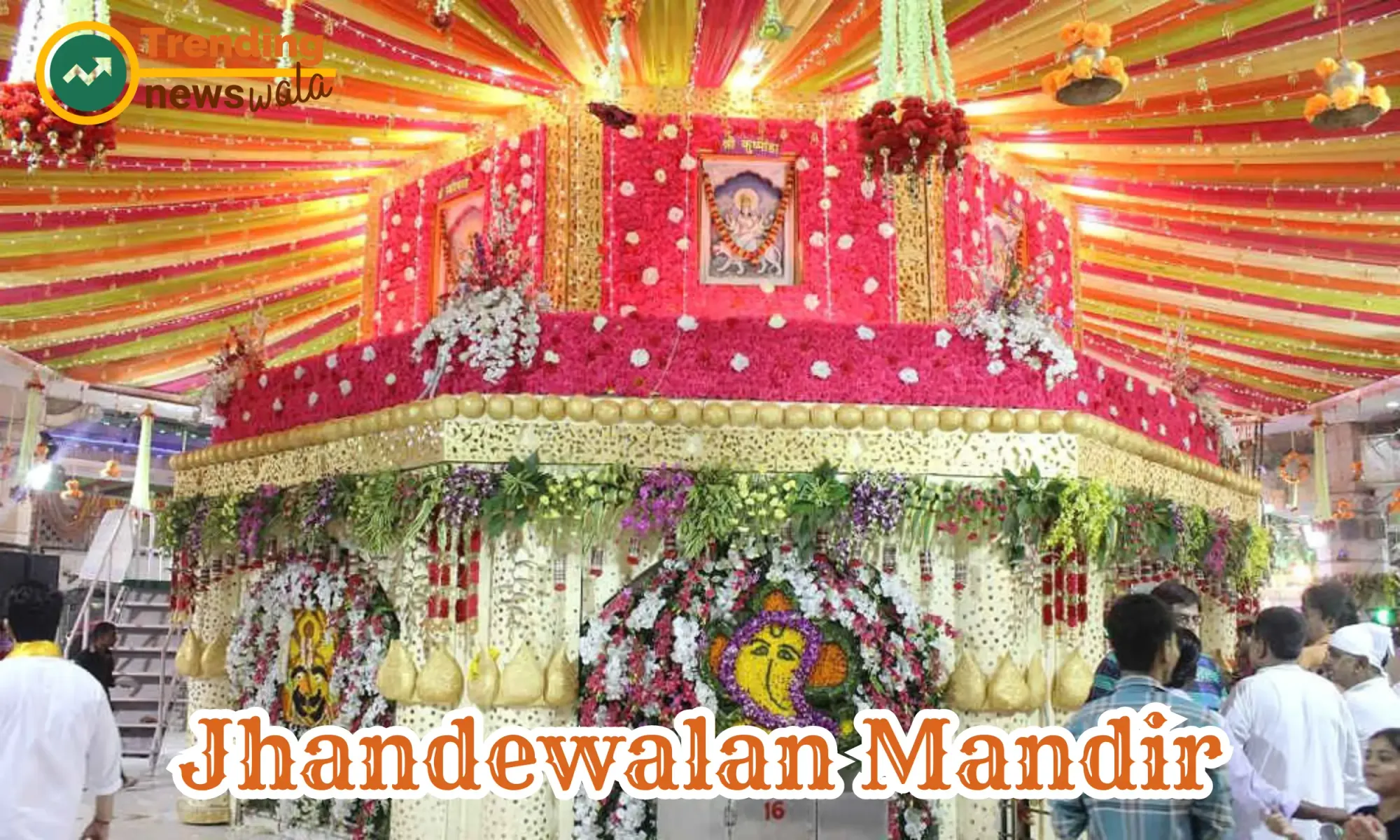
The Jhandewalan Mandir, also known as the Jhandewala Temple, is an ancient Hindu temple dedicated to Maa Aadi Shakti, an avatar of Goddess Durga. Let’s explore its rich history and significance:
- Origins and Location:
- The Jhandewalan Temple is located on Jhandewalan Road, en route to Karol Bagh, in Delhi, India.
- The name “Jhandewalan” was given during Shah Jahan’s reign, owing to the prayer flags or ‘jhandas’ that were offered here.
- Historical Significance:
- The temple is among the oldest in Delhi and has a rich heritage.
- It serves as a vibrant center for devotees of Maa Aadi Shakti.
- The Jhandewalan Temple is also known as Shri Badri Bhagat Jhande Wala Mandir.
- Durga Puja Celebration:
- The temple hosts Durga Puja celebrations, which have been held since 1925.
- Traditional rituals, including ekchalar thakur (single-frame idols) and sholar kaaj, are followed.
- The puja attracts devotees from the city and pilgrims worldwide.
- Artisans from Kolkata are invited to create the puja pandal.
- Temple Timings and Worship:
- The temple offers daily worship services:
- Morning Shringar Aarti: 6:00 AM
- Forenoon Bhog Aarti: 9:00 AM
- Evening Shringar Aarti: 7:30 PM
- Night Shayan Aarti: 12:00 AM
- The temple also hosts special events and festivals, including Durga Ashtami Jagran.
In summary, the Jhandewalan Temple stands as a revered shrine, where devotees seek blessings from Maa Aadi Shakti and participate in age-old traditions.
How To Reach
9. ISKCON Temple (Sri Sri Radha Parthasarathi Mandir)
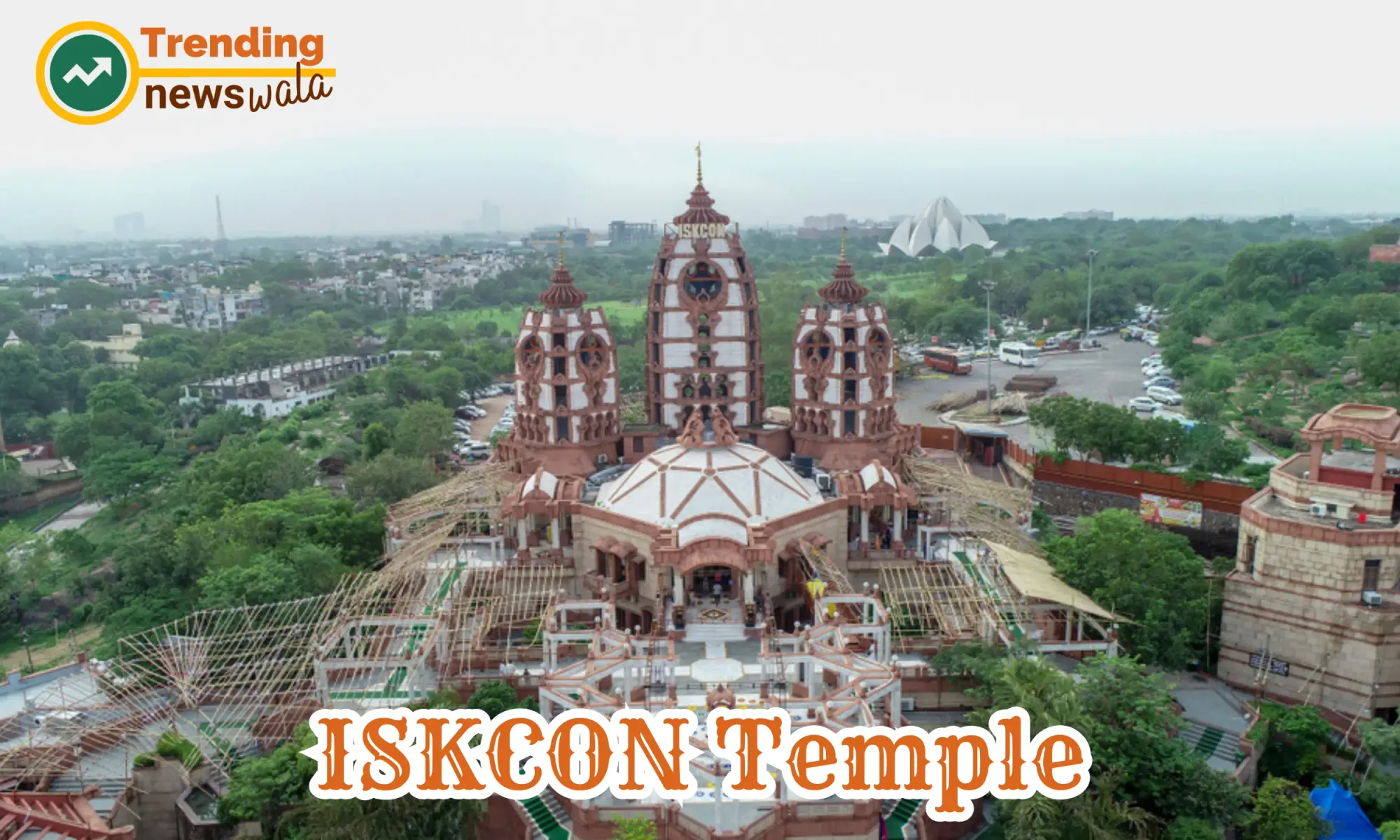
The ISKCON Delhi, also known as the Sri Sri Radha Parthasarathi Mandir, is a Vaishnav temple dedicated to Lord Krishna and Radharani. Let’s explore its rich history and significance:
Origins and Location:
- The ISKCON Delhi temple, inaugurated on April 5, 1998, is located at Hare Krishna Hills, in the East of Kailash area of New Delhi, India.
- The presiding deities are Sri Sri Radha Parthasarathi, representing the divine love between Radha and Krishna.
Architectural Marvel:
- The temple complex, designed and built by Achyut Kanvinde, is one of the largest temple complexes in India.
- It comprises numerous rooms for priests and service renders.
- The temple’s architecture blends traditional elements with modern aesthetics, creating a serene and spiritually uplifting environment.
Spiritual Practices and Worship:
- The temple hosts daily worship services:
- Mangala Arati: 4:30 AM
- Japa (Mantra) Meditation: 5:15 AM
- Darshan Arati: 7:15 AM
- Guru Puja: 7:30 AM
- Srimad Bhagavatam Discourse: 8:00 AM
- Raj Bhog Arati: 12:30 PM
- Usthapana Arati: 4:15 PM
- Sandhya Arati: 7:00 PM
- Bhagavad Gita Discourse: 8:00 PM
- Sayana Arati: 8:30 PM
- Temple Hall Closes: 9:00 PM
Accessibility:
- The nearest metro station to ISKCON Delhi is Nehru Place (on the violet line).
- The temple is approximately 5 kilometers from Nizamuddin railway station and 12 kilometers from the New Delhi railway platform.
- The IGI Airport is 20 kilometers from the ISKCON Delhi.
In summary, the ISKCON Delhi temple stands as a place of devotion, cultural enrichment, and spiritual exploration, welcoming visitors from all walks of life.
How To Reach
10. Hanuman Mandir (Connaught Place)
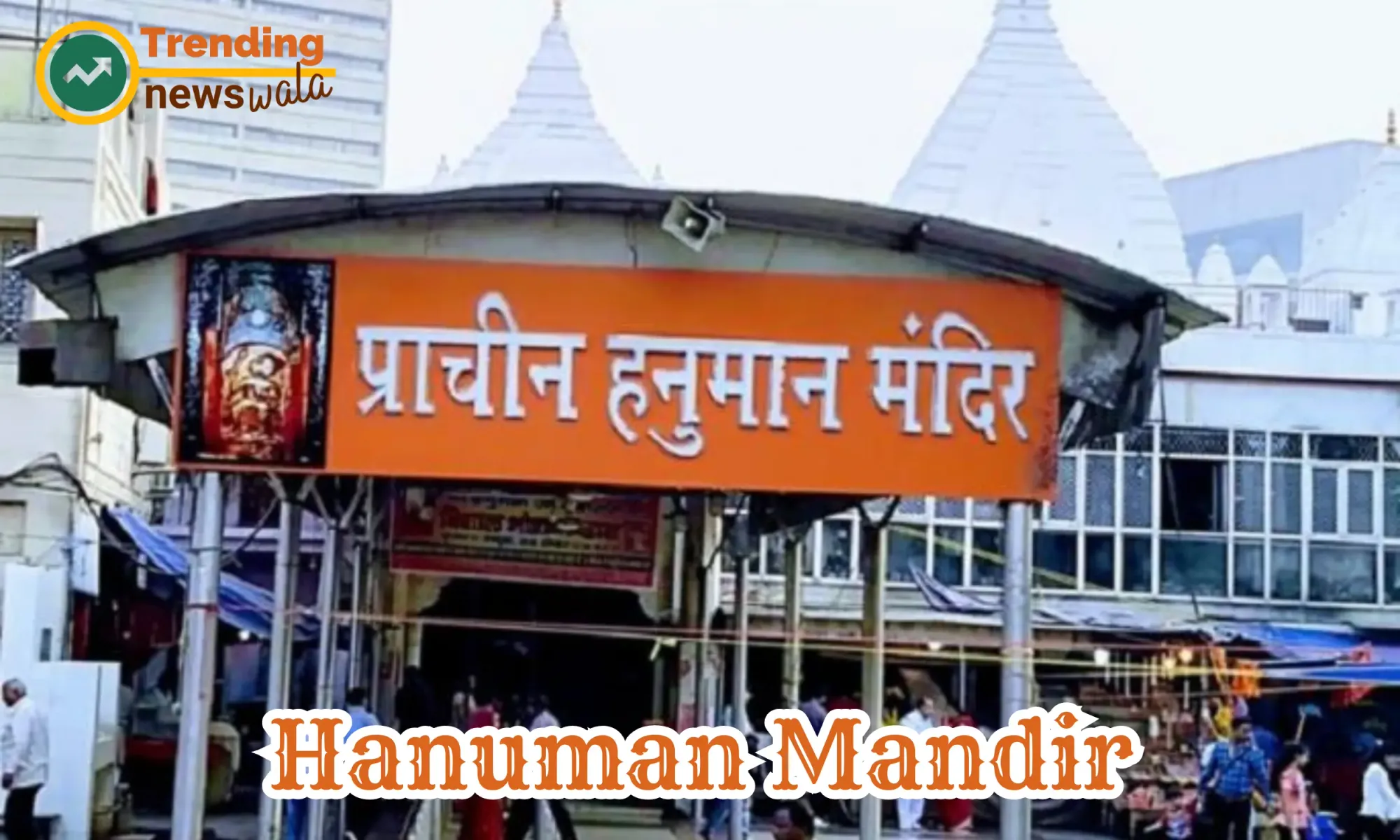
The Hanuman Mandir in Connaught Place, New Delhi is an ancient Hindu temple with a rich historical legacy. Let’s explore its origins, significance, and unique features:
Historical Origins:
- The Hanuman Temple in Connaught Place is claimed to be one of the five temples that existed during the Mahabharata era in Delhi.
- It was originally built by Maharaja Man Singh I of Amber during the reign of Emperor Akbar.
- In 1724, Maharaja Jai Singh rebuilt the temple, ensuring its continuity through the centuries.
Architectural Features:
- The temple follows Hindu temple architecture and stands as a testament to the city’s cultural heritage.
- Notably, the spire (Shikhara) of the temple features an unusual crescent moon instead of the typical Hindu symbol of Aum or Sun.
- This unique depiction became significant during the Mughal period, adding to the temple’s mystique.
- The idol within the temple is Bala Hanuman, representing Hanuman as a child.
Mythological Legend:
- According to legend, during the Pandavas’ exile, Hanuman appeared in the forest disguised as a weak and aged monkey.
- Bhima, one of the Pandava brothers, encountered Hanuman while seeking a fragrant flower. Bhima, unaware of Hanuman’s identity, scornfully asked him to move his tail.
- Hanuman revealed his true form, showing Bhima the size in which he had crossed the sea during the Ramayana epic period in search of Maa Sita Ji.
- After the Pandavas’ victory in the Kurukshetra war, they built five temples, including this one, to honor Hanuman.
Location and Accessibility:
- The temple is situated on Baba Kharak Singh Road (old Irwin Road), approximately 250 meters southwest of Connaught Place.
- Devotees visit to seek blessings, offer prayers, and experience the spiritual ambiance of this ancient shrine.
In summary, the Hanuman Mandir in Connaught Place stands as a living link to Delhi’s past, blending mythology, architecture, and devotion in a harmonious way.
How To Reach
11. Bangla Sahib Gurudwara
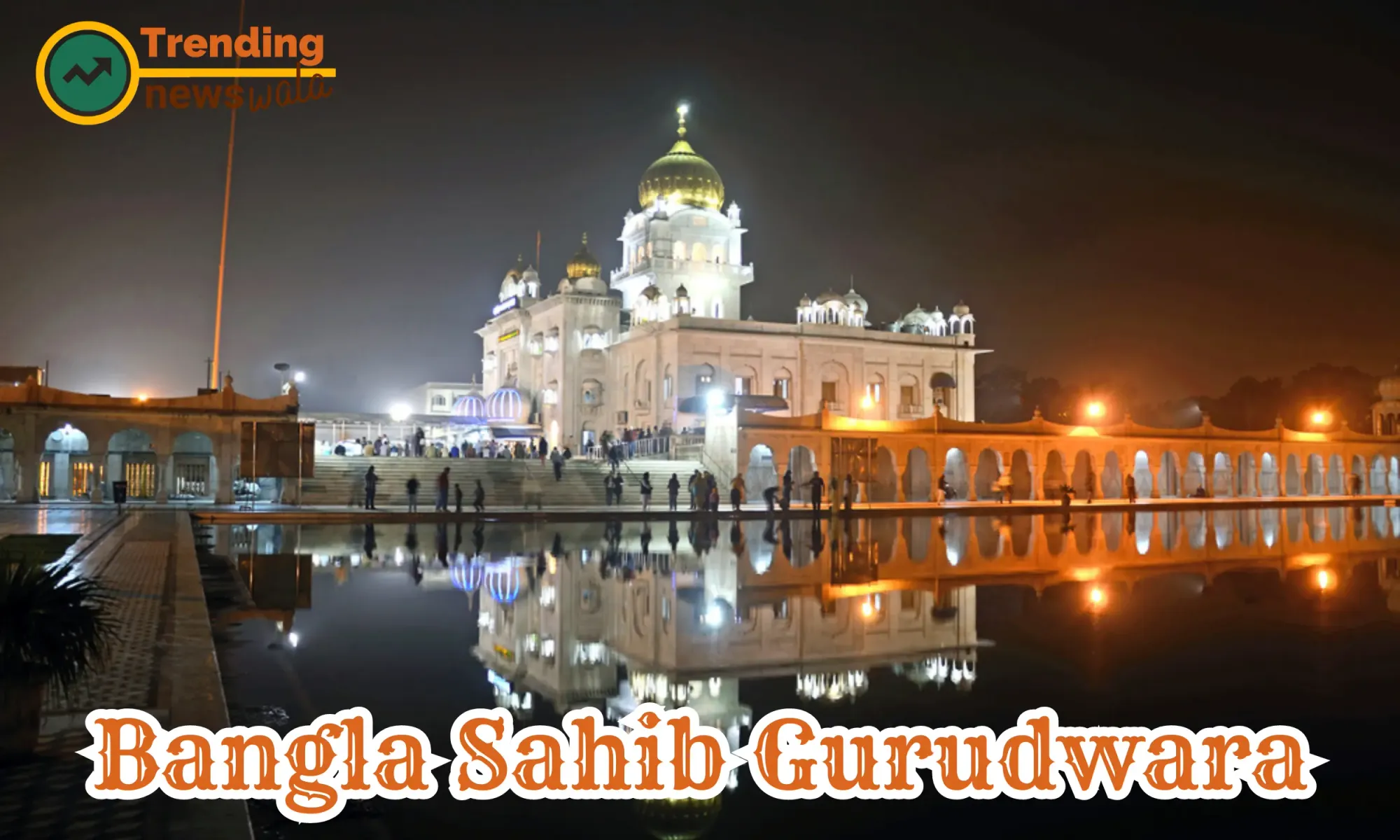
The Bangla Sahib Gurudwara, also known as the Gurdwara Bangla Sahib, is a prominent Sikh gurdwara situated in the heart of Connaught Place in New Delhi, India. Let’s explore its rich history and significance:
Historical Origins:
- The Gurdwara Bangla Sahib is associated with the eighth Sikh Guru, Guru Har Krishan, as well as the holy pond inside its complex, known as the “Sarovar.”
- It was originally built as a small shrine by Sikh General Sardar Baghel Singh in 1783, on the bungalow donated by King Raja Jai Singh of Amer.
- Raja Jai Singh supervised the construction of nine Sikh shrines in Delhi during the reign of Mughal Emperor Shah Alam II.
- The gurdwara is instantly recognizable by its golden dome and tall flagpole.
Guru Har Krishan’s Stay:
- The temple was originally a bungalow belonging to Raja Jai Singh, known as Jaisinghpura Palace.
- Guru Har Krishan stayed at Raja Jai Singh’s bungalow (pronounced “bangla” in Hindi and Punjabi), which has now been converted into a gurdwara.
- The gurdwara is called Bangla Sahib to memorialize Guru Har Krishan’s stay.
- During his time here, Guru Har Krishan helped those suffering from a smallpox and cholera epidemic by providing aid and fresh water from the well at this house.
- Guru Har Krishan himself contracted the illness and eventually passed away on March 30, 1664.
- Raja Jai Singh later constructed a small tank over the well, and its water is now revered for its healing properties by Sikhs worldwide.
Reverence and Healing Properties:
- The gurdwara and its Sarovar hold great reverence for Sikhs.
- The water from the well is believed to have healing properties, and Sikhs take it back to their homes.
- The gurdwara witnesses special congregations on the birth anniversary of Guru Har Krishan.
- In March 2021, the gurdwara inaugurated the cheapest diagnostic center, providing healthcare for the poor, including MRI scans at ₹50.
Historical Events:
- During the 1984 anti-Sikh riots, around 150 Sikhs sought sanctuary inside the gurdwara.
- An angry mob attempted to storm the temple with cans of gasoline but was driven back by the Sikh community.
Overview:
- The gurdwara grounds include the main Gurdwara building, a kitchen, a large holy pond, a school, and an art gallery.
- As with all Sikh Gurdwaras, the concept of langar (community kitchen) is practiced, and people of all races and religions may eat in the Gurdwara kitchen.
- Gurdwara Bangla Sahib stands as a significant pilgrimage site and a symbol of devotion and unity among Sikhs.
How To Reach
12. Kalkaji Mandir
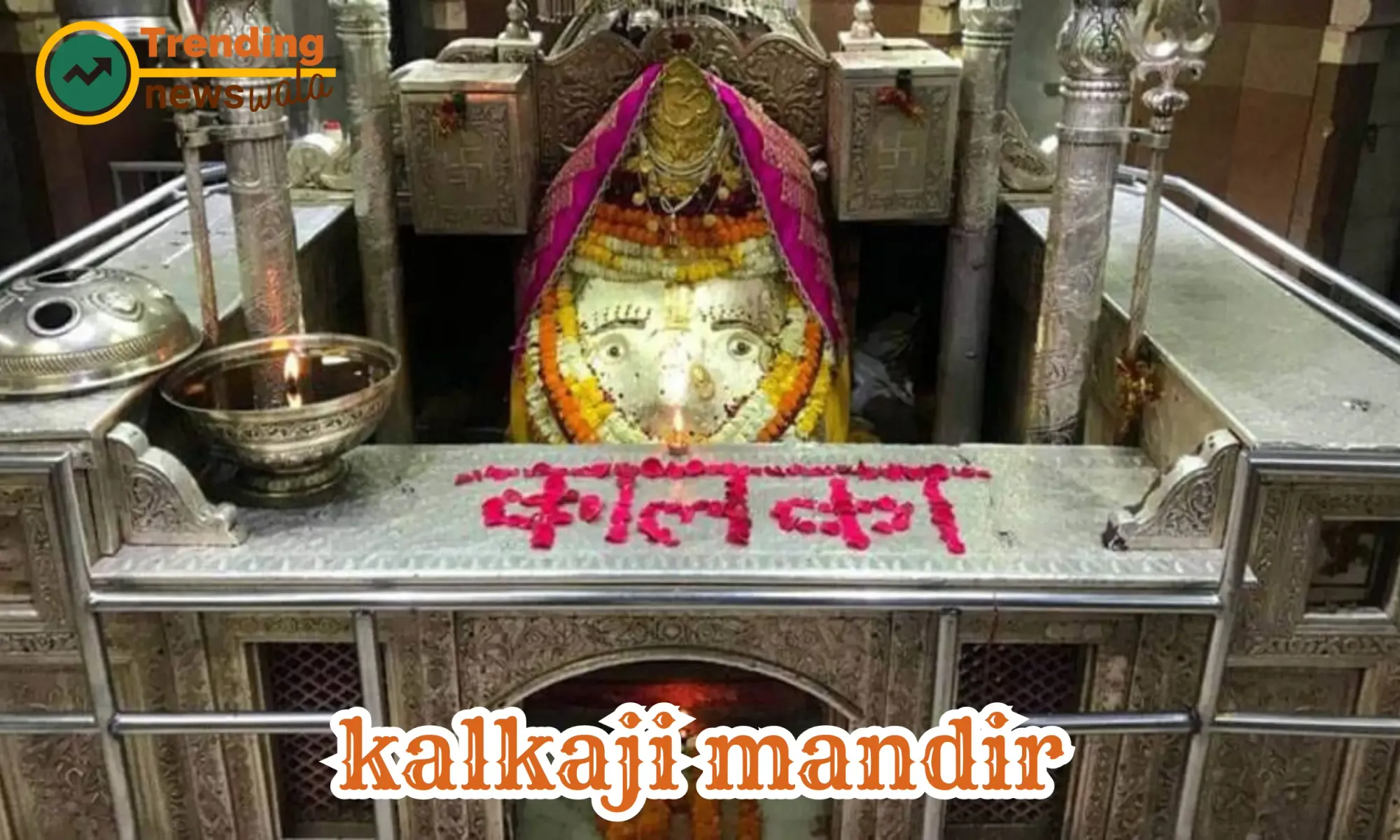
Kalkaji Mandir, also known as Kalka Ji Mandir, is a revered Hindu temple dedicated to the goddess Kali. Located in the southern part of Delhi, specifically in Kalkaji, this temple holds historical and spiritual significance. Let’s explore more about this sacred place:
Historical Origins:
- The temple’s name, Kalka Ji, is derived from the locality itself.
- According to legends, the most ancient sections of Kalkaji Mandir date back to the Hindu mystical age of Treta Yug.
- Some religious pundits claim that parts of the temple were built as early as 1764.
- The temple has witnessed centuries of devotion and continues to attract devotees from all walks of life.
Architecture and Modern Construction:
- While the present-day temple exhibits modern construction, it still carries echoes of its ancient roots.
- The golden dome and tall flagpole make it instantly recognizable.
- Female visitors outnumber males, and the temple experiences a peak in crowds during the Navratri festival.
Timings and Rituals:
- Kalkaji Mandir opens its doors at 4 AM and remains accessible until 11:30 PM every day.
- Entry to the temple is free of charge for all devotees.
- The temple follows a daily schedule, including rituals like Ganesh Vandana and Shringaar Time.
- The temple remains closed between 11:30 AM to 12:00 PM for offering prasad and 3:00 PM to 4:00 PM for cleaning.
Healing Properties and Devotion:
- The water from the temple’s well is believed to have healing properties.
- Devotees collect this water and take it back to their homes.
- Kalkaji Mandir witnesses a surge in visitors during the auspicious time of Navratri.
Location:
- Address: Ma Anandmayee Marg, NSIC Estate, Okhla Phase III, Kalkaji, New Delhi, Delhi, 110019, India.
- Kalkaji Mandir stands as a testament to devotion, unity, and reverence for Goddess Kali.
Remember, Kalkaji Mandir welcomes all with open arms, regardless of their background or beliefs. It remains a place of solace, prayer, and spiritual connection for countless devotees
How To Reach
13. Birla Mandir (Laxminarayan Temple)
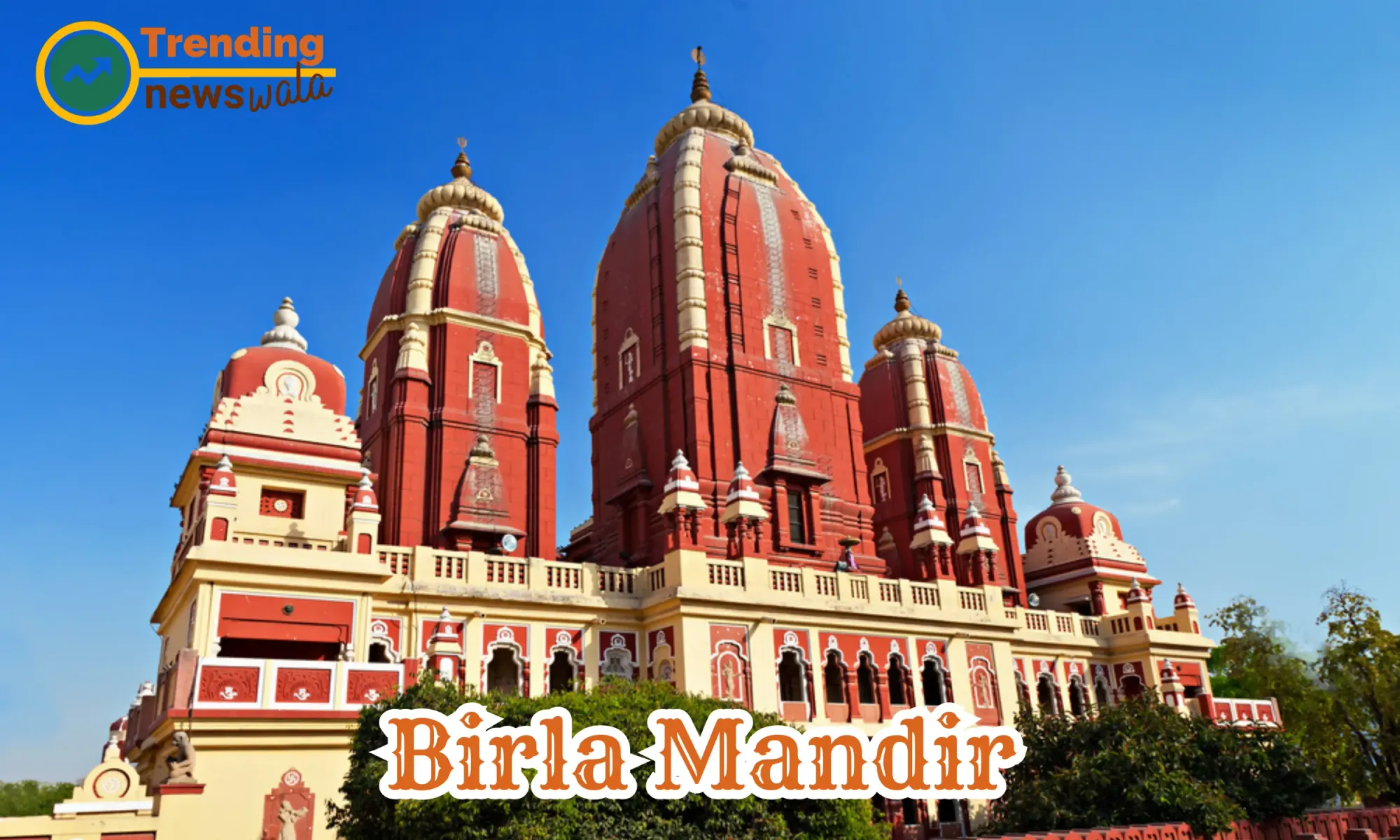
The Birla Mandir, also known as the Laxminarayan Temple, is a magnificent Hindu temple located in the heart of Connaught Place, New Delhi. Let me share some fascinating details about this iconic place of worship:
Historical Origins:
- The Birla Mandir was constructed between 1933 and 1939 under the guidance of Pandit Vishwanath Shastri, a renowned scholar and astrologer.
- It is one of the many temples built by the Birla family across India and abroad.
- The temple is dedicated to Lord Laxminarayan, also known as Lord Vishnu, the preserver in the Trimurti (which comprises Brahma, Vishnu, and Mahesh).
- The temple was inaugurated by Mahatma Gandhi, with the condition that it would be open to people of all castes.
Architectural Marvel:
- The temple’s golden dome and tall flagpole make it instantly recognizable.
- It covers an area of 7.5 acres and features many fountains, shrines, and sculptures of religious and national importance.
- The temple also houses a Geeta Bhavan used for discourses.
Spiritual Significance:
- Beyond its religious purpose, the Birla Mandir stands as a symbol of unity and inclusivity.
- Lord Laxminarayan and Goddess Lakshmi (the goddess of prosperity) are revered here.
- The temple attracts devotees during festivals like Janmashtami and Diwali.
Location and Accessibility:
- Address: Mandir Marg, Near Golmarket, Gole Market, New Delhi, Delhi, 110001, India.
- The temple is located towards the west of Connaught Place and is easily accessible via the RK Ashram Marg Metro Station.
In summary, the Birla Mandir in Delhi is not only a place of worship but also a cultural heritage site that welcomes people from all backgrounds to seek blessings and experience its serene ambiance.
How To Reach





